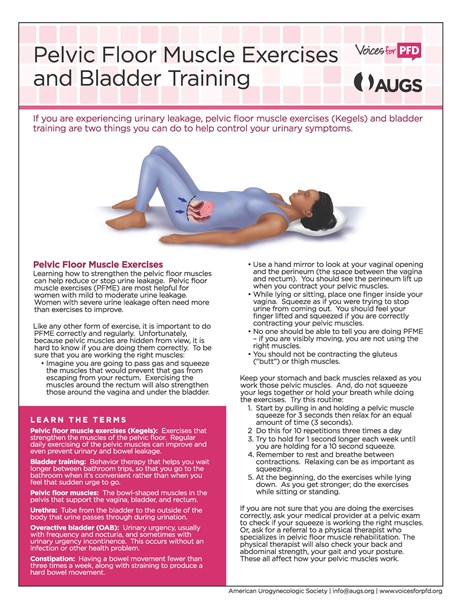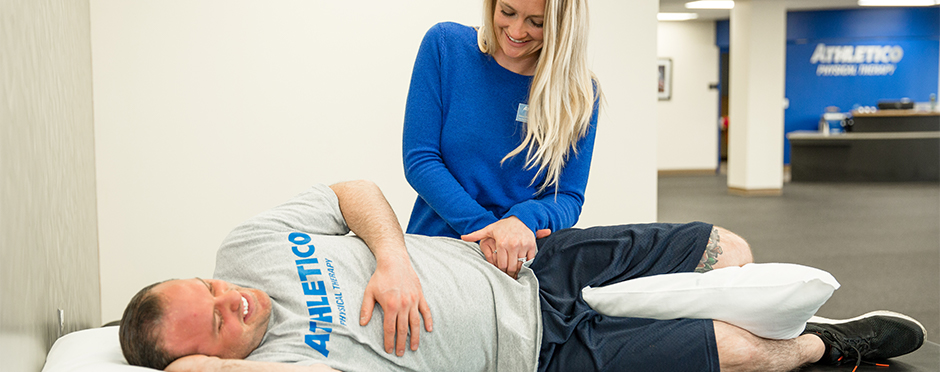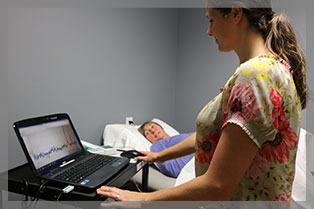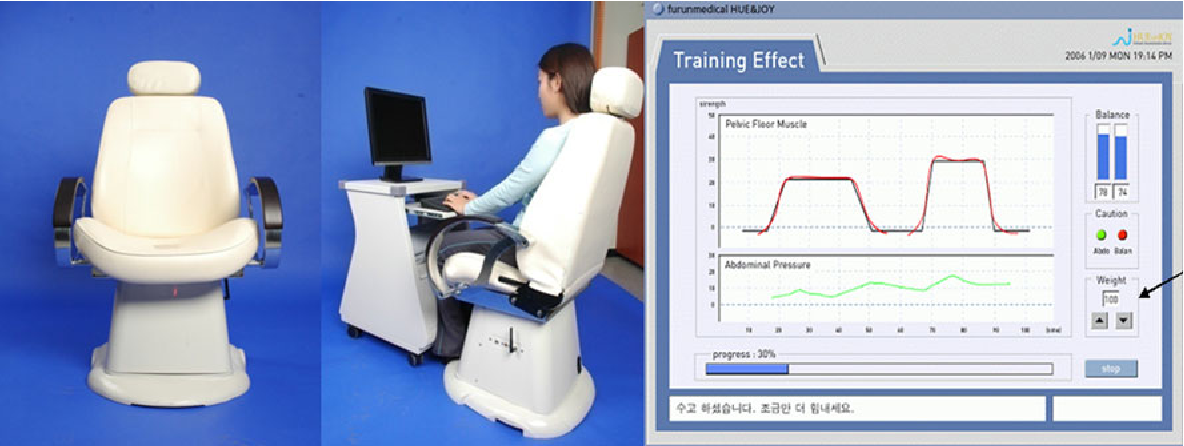Biofeedback Therapy Pelvic Floor
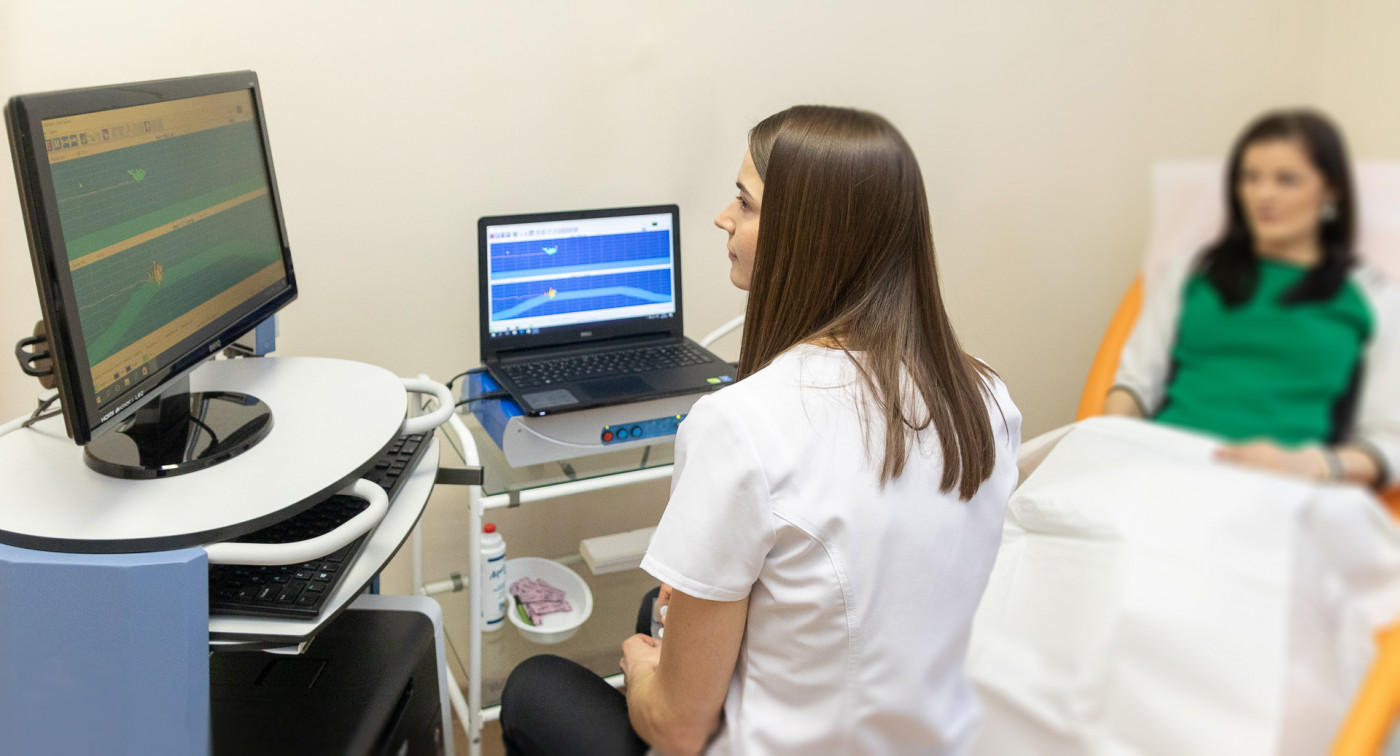
It can be used to help women learn to control and strengthen the pelvic floor muscles.
Biofeedback therapy pelvic floor. One is to up train or strengthen the pelvic floor if it s truly weak or overstretched. Biofeedback can be used for both strengthening weak pelvic floor muscles up training as well as training tight shortened overactive pelvic floor muscles to relax down training. It is a painless process that uses special sensors and a computer monitor to display information about muscle activity. There are two appropriate uses for biofeedback in pelvic floor pt.
Pelvic floor biofeedback is sometimes used for common pelvic floor issues such as. This information or feedback is used to gain physiological awareness and control over pelvic floor muscle function. Your physical therapist might use biofeedback in different ways to retrain your muscles. Based on the principle of operant conditioning biofeedback provides auditory and visual feedback to help retrain the pelvic floor and relax the anal sphincter.
Biofeedback is a fundamental tool for pelvic floor rehabilitation. Biofeedback technology for pelvic floor. This blog was written by robyn lowry pt mspt. Biofeedback is a fancy term referring to the process of gaining more body awareness in a specific muscle or area of the body.
Biofeedback therapy is recommended for patients with fecal incontinence who do not respond to conservative management. It is common for women to not know if they are performing a kegel aka pelvic floor squeeze properly. Biofeedback has been proven effective in the treatment of urinary incontinence in numerous research studies. Patients who have a lower bowel satisfaction score and use digital maneuvers fare better.
Pelvic floor rehabilitation includes treatment for men and women with incontinence and or pain in the pelvic region. Pelvic pain urinary leakage or vaginal pressure or heaviness. This includes abdominals buttocks pelvic floor tailbone vagina rectum penis or testicles. Biofeedback training is the treatment of choice for medically refractory pelvic floor constipation with some studies showing improvement in more than 70 percent of patients.
The patient who might need biofeedback for this purpose likely has either incontinence or organ prolapse not pain. Biofeedback is not painful and helps over 75 of people with pelvic floor dysfunction. Biofeedback is a powerful tool in the treatment of common pelvic floor disorder. What is pelvic floor biofeedback.
Using biofeedback in pelvic floor physical therapy. The pelvic floor muscles pfm are a group of muscles that play an important role in bladder control. Biofeedback therapy is effective for managing defecatory disorders fecal incontinence and levator ani syndrome. This is the most common treatment done with the help of a physical therapist.
These uncoordinated pelvic floor dynamics are usually diagnosed with a test called anorectal manometry which uses a thin tube to measure pressures sensations and reflexes in the rectum and anal sphincter. Biofeedback based physical therapy to treat pelvic floor dysfunction. The good news is that treatment typically does not involve medications. The pelvic floor are skeletal muscles that may become weak tight or spastic as a result of disuse surgery or trauma.



